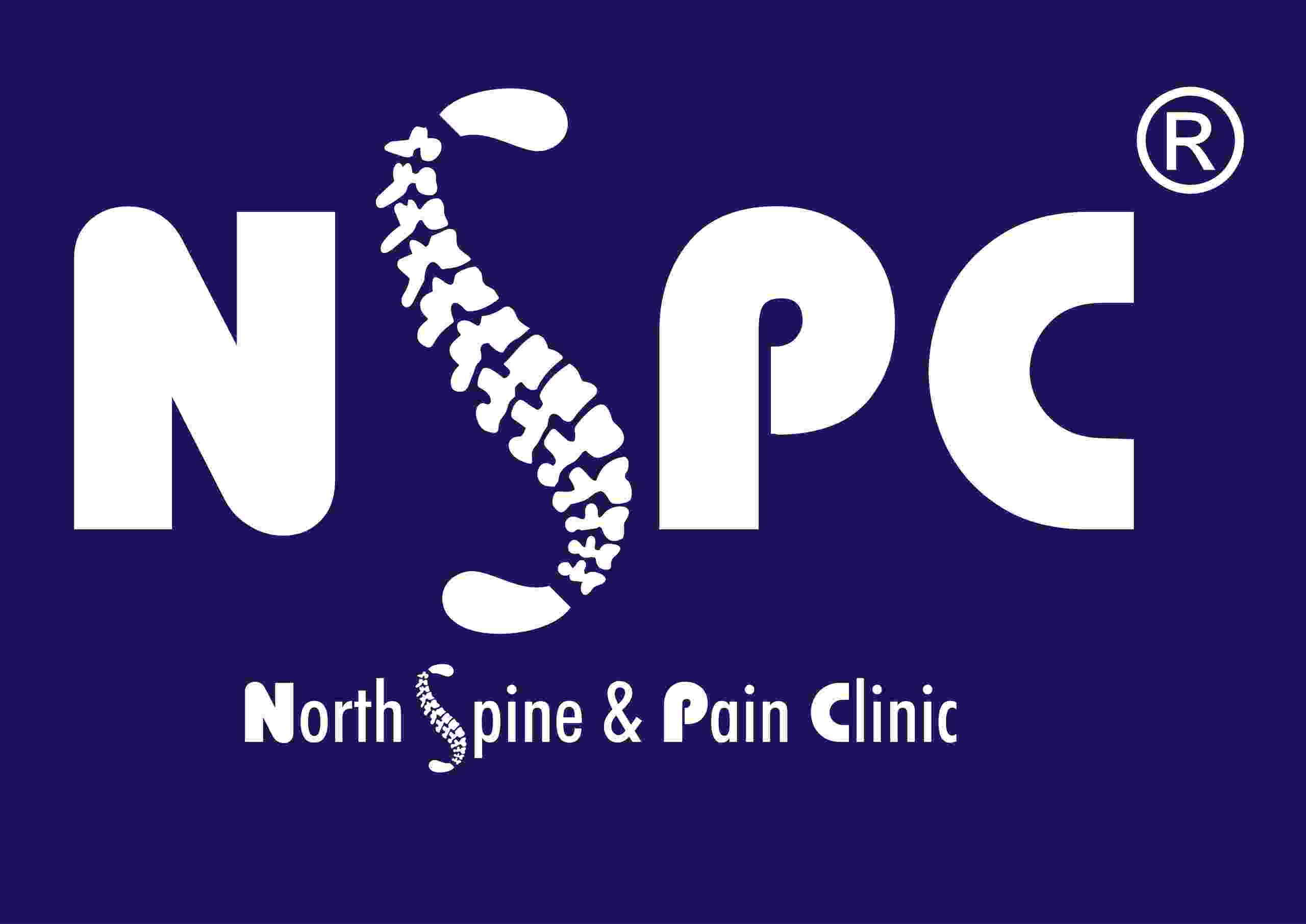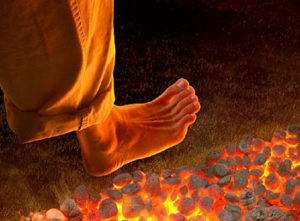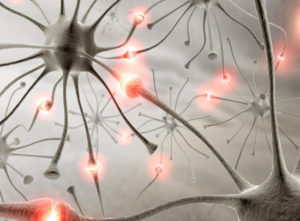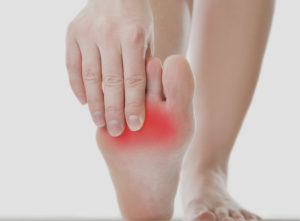Neuropathic pain is a complex, chronic pain state that usually is accompanied by tissue injury. With neuropathic pain, the nerve fibers themselves may be damaged, dysfunctional, or injured. These damaged nerve fibers send incorrect signals to other pain centers. The impact of nerve fiber injury includes a change in nerve function both at the site of injury and areas around the injury.
Neuropathic pain symptoms may include:
- Shooting and burning pain.
- Tingling and numbness.
Neuropathic pain (neuralgia) is a pain that comes from problems with signals from the nerves. There are various causes. It is different to the common type of pain that is due to an injury, burn, pressure, etc. Traditional painkillers usually do not help very much.
This type of pain is caused by a problem with one or more nerves themselves. The function of the nerve is affected in a way that it sends pain messages to the brain. Neuropathic pain is often described as burning, stabbing, shooting, aching, or like an electric shock.
Related to the pain there may also be:
- Allodynia: This means that the pain comes on, or gets worse, with a touch or stimulus that would not normally cause pain. For example, a slight touch on the face may trigger pain if you have trigeminal neuralgia, or the pressure of the bedclothes may trigger pain if you have diabetic neuropathy.
- Hyperalgesia: This means that you get severe pain from a stimulus or touch that would normally cause only slight discomfort. For example, a mild prod on the painful area may cause intense pain.
- Paraesthesia: This means that you get unpleasant or painful feelings even when there is nothing touching you, and no stimulus. For example, you may have painful pins and needles, or electric shock-like sensations.
The severity of the pain often does not correspond with the seriousness of the underlying condition. For example, pain after shingles (post-herpetic neuralgia) can cause severe pain, even though there is no rash or sign of infection remaining.
Pain is unique to everyone. As such, the words used to describe neuropathic pain may vary. Frequent descriptions include pricking, tingling, burning, stabbing, or aching. The pain may be present on a constant basis, or it can wax and wane in intensity. As described, the pain is most often present without associated stimulation, but actions such as bearing weight may dramatically exacerbate or worsen the pain.
Interventional Pain and Spine Centre, Delhi, India – 110085, with its branches (contact) at Rohini, Ashok Vihar, Punjabi Bagh, Pitampura, Dwarka, Paschim Vihar (Delhi) and Rohtak (Haryana) is the most advanced Pain Management clinic for Neuropathic pain treatment.



